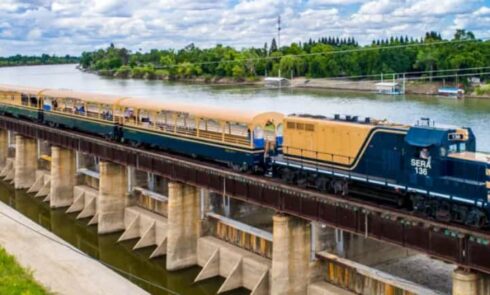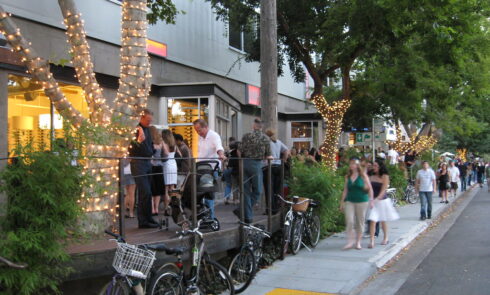The history of Sacramento, California, began with its founding by Samuel Brennan and John Augustus Sutter Jr. in 1848 around an embarcadero that his father, John Sutter Sr. had built near the confluence of the American and Sacramento rivers a few years earlier.
Sacramento was named after the Sacramento River, which forms its western border. The river was named by the Spanish cavalry officer Gabriel Moraga in honor of Santísimo Sacramento (Most Holy Sacrament), referring to the Catholic Eucharist.
Before the arrival of the Europeans, the Native American tribe of Nisenan inhabited the Sacramento Valley area. The Spaniards were the first Europeans to explore the area, and Sacramento became part of the Alta California province of New Spain when the conquistadors took over Central America and the southwest of the Americas from the Spanish Empire. Several explorers deemed the area unsuitable for colonization, and as a result, the Europeans who took over the region remained relatively untouched, with the exception of early 19th century coastal settlements north of San Francisco Bay that constituted the southernmost Russian colony in North America and were spread over an area stretching from Point Arena to Tomales Bay. When John Sutter arrived in the colonial provincial capital of Monterey in 1839, Governor Juan Bautista Alvarado granted Sutter the land he requested, and Sutter founded New Helvetia, which he fully controlled with a private army and relative autonomy from the newly independent Mexican government.
The California gold rush began when gold was discovered at Sutter’s Mill, one of Sutter Sr.’s assets in Coloma, in 1848; the massive arrival of prospectors destroyed Sutter’s New Helvetia, and trade began to develop around the wharf he built at the confluence of the American and Sacramento rivers. In the region where Sutter had planned to establish the city of Sutterville, the city of Sacramento was founded; Sutter Sr. in frustration appointed his son as mayor, and Sutter Jr. worked to organize the city’s development. However, due to its location, the city was periodically flooded with water. Fires would also engulf the city. To address the problems, the city worked to raise sidewalks and buildings and began replacing wooden structures with more sustainable materials such as brick and stone. The city was chosen as the state capital in 1854 after Mariano Guadalupe Vallejo failed to convince the state government to stay in his namesake city.
Before Sutter’s arrival – until 1838
Indigenous people, such as the Miwok and Maidu Indians, were the original inhabitants of the Central Valley in northern California. Among the Maidu, the Nisenan Maidu group were the primary inhabitants of pre-Columbian Sacramento; the peoples of this tribe were hunter-gatherers, relying on nuts, berries, and fish from local rivers instead of food produced by agricultural methods.
The first European in the state of California was the conquistador Juan Rodriguez Cabrillo, a Portuguese explorer who sailed on behalf of the Spanish Empire in 1542; later explorers included Sir Francis Drake and Sebastian Vizcaino. However, no explorer has yet discovered the Sacramento Valley region or the Golden Gate Strait, which remained undiscovered until 1808 and 1623, respectively. Several conquistadors completed surface explorations of the region by the mid-18th century, including Juan Bautista de Anza and Pedro Fages, but none considered the region as a potentially valuable area for colonization. Neither did Gabriel Moraga, who was the first European to enter the Sierra in 1808 and was responsible for naming the Sacramento River, although he misplaced the rivers in the region. However, Padres Abella and Fortuny arrived in the region in 1811 and gave a positive report to the Roman Catholic Church, although the church did not take their findings into account because they contradicted all previous views of the territory. The Mexicans, who declared independence in 1821, shared Spanish feelings, and the territory remained uncolonized until the arrival of John Sutter in 1839.
The area that would become the city of Sacramento was originally viewed by many European and American cartographers as the home of the Great Plains rivers, which stretched across the Rocky Mountains and into the Pacific Ocean. Speculation at the time placed the legendary St. Bonaventure River at the site of the American-Sacramento River complex; mountaineer Jedediah Smith mistook the American and Sacramento Rivers for the St. Bonaventure River during his 1827 trek to the region and named the Sacramento Valley “Bonaventure Valley” before heading south along the Stanislaus River.


